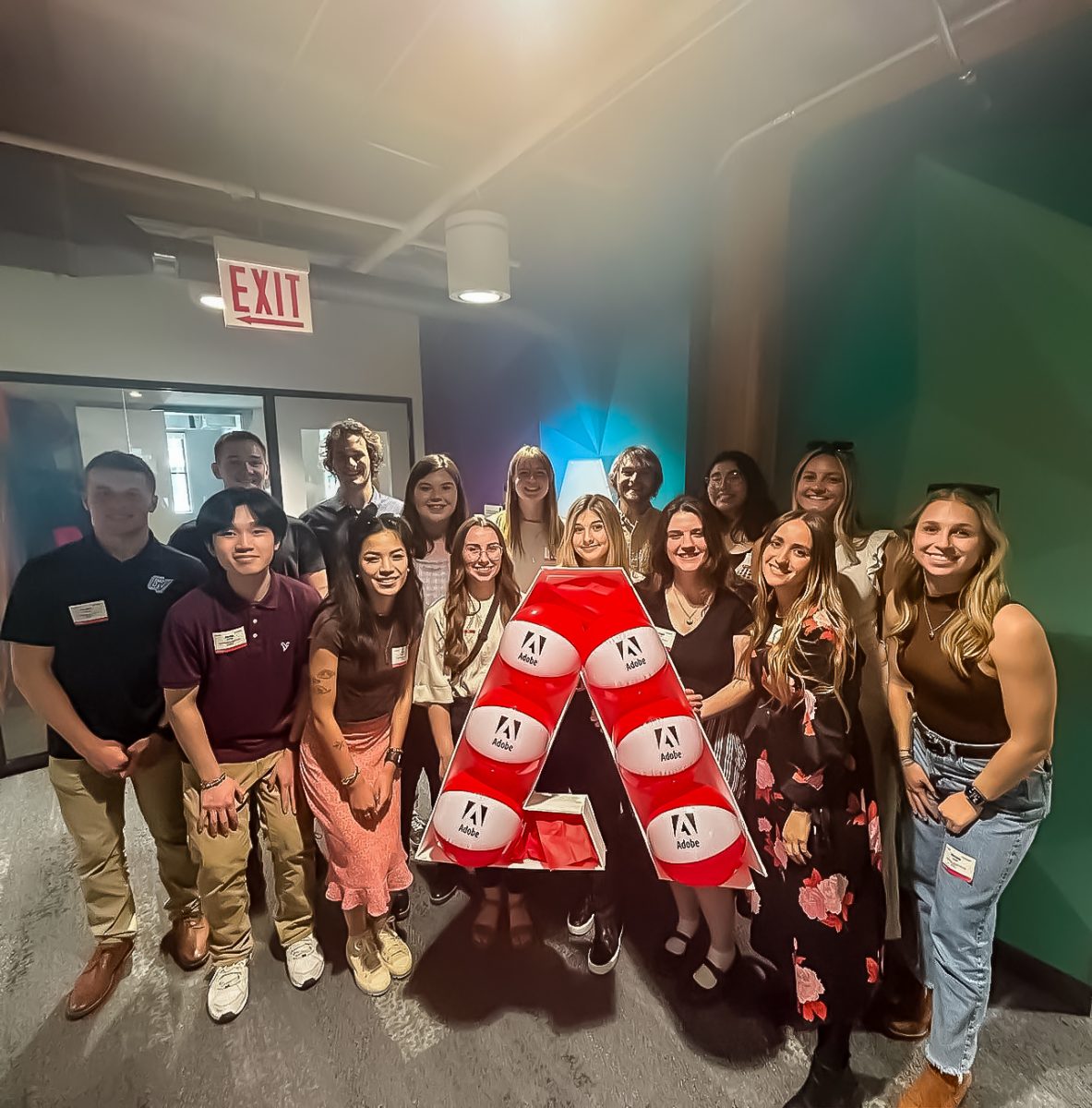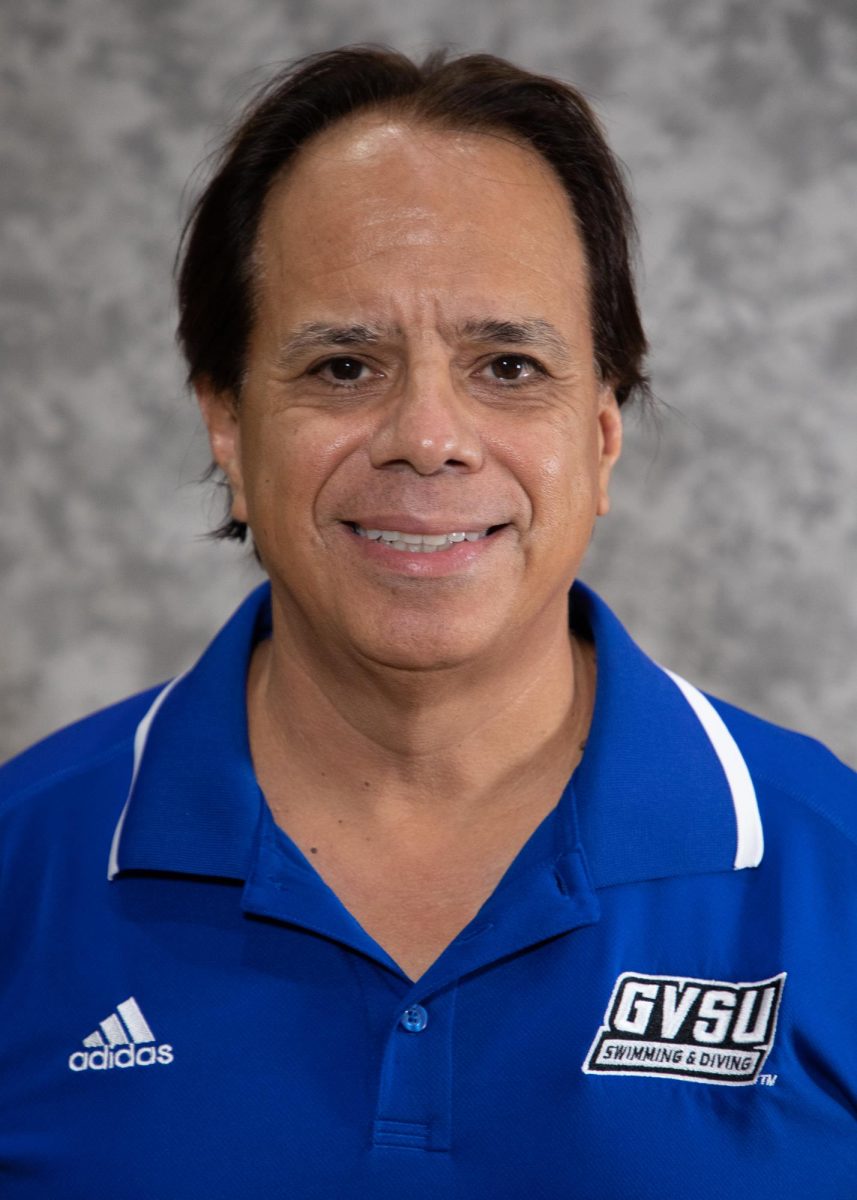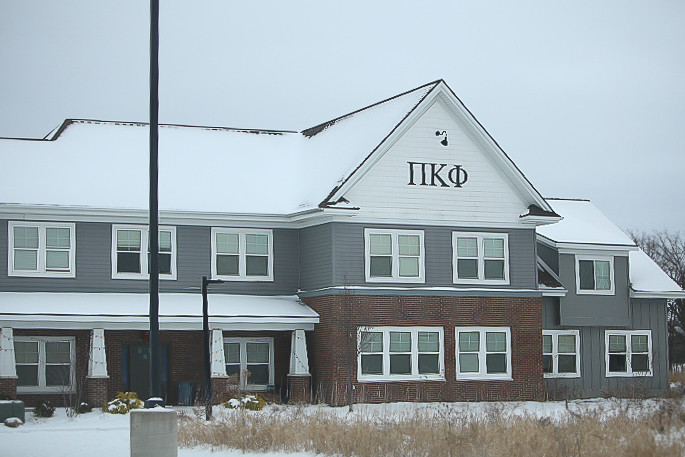Recital shows off virtuosic playing

GVL / Laine Girard GVSU Faculty String Trio performs with special guest, Arthur Campbell, professor of clarinet at Grand Valley. Members include Gregory Maytan, violin; Paul Swantek, viola; and Pablo Mahave-Veglia, cello.
Feb 5, 2014
On Tuesday, the Grand Valley State University String Trio made its debut at GVSU. Joined by clarinetist Arthur Campbell, the group showcased two pieces: one important to the clarinet, and the other educational for string players.
“This is actually coming together from two different projects,” said Pablo Mahave-Veglia, associate professor of cello at GVSU. “We have a faculty-in-residence ensemble that is a string trio, made up of myself, Gregory Maytan (assistant professor of violin) and Paul Swantek (affiliate professor of viola). We all perform regularly as members of the trio, but we don’t perform on campus.”
The GVSU String Trio played the concert with GVSU professor of clarinet Arthur Campbell as a part of the Artist-Faculty series. The group presented music it has played before and was well received by the audience. The performance gave ensemble members a chance to revisit pieces they have enjoyed playing together before, and it also gave the GVSU String Trio an opportunity to perform for the GVSU community.
The GVSU String Trio typically represents the department on outreach activities and gives master classes at several area high schools.
“I enjoyed playing all of (the concert). The (Ern? Dohnányi piece) we have never done all in a row,” Mahave-Veglia said after the concert. “The movements are independent of each other. The one time we did play the whole piece, we were giving explanations in between each movement (because) we were giving a master class. It was a fun piece to play through; I hope that showed through in the performance.”
The first piece that was performed, a multi-movement piece called “Serenade for String Trio, Op. 10,” was written by Hungarian composer Ern? Dohnányi.
The five-movement piece combined the stylistically romantic, Germanic art form with folk music elements — a testament to the composer’s Hungarian heritage. The trio skillfully navigated each movement, reveling in precise, harmonic plucking, communicating tempo changes with one another, and dynamically growing into each phrase. Both Swantek and Maytan smoothly swapped playing the melody on movements such as the second movement, “Romanza: Adagio non troppo, quasi andante.”
“I started tearing up during the fourth movement of the Dohnányi,” said Liz Boyce, a freshman viola performance major. “It was really beautiful. They just really made music.”
The second half of the concert presented “Quartet for Clarinet and Strings, Op. 19, No. 3,” and the trio was joined by Campbell.
“You’ll hear a lot of sunny, happy, positive music, which we hope brings some sun to February in West Michigan,” Campbell said while introducing the piece.
The ensemble had previously traveled to Germany to record the piece in 2013 for Campbell’s CD, “Carl Philipp Stamitz: Quartets for Clarinet.”
Campbell said Stamitz is very important to clarinetists but is not really known to the rest of the musical world. He said it is believed that Mozart heard clarinets for the first time in Mannheim, a famed court orchestra of which Stamitz and his father were a part of.
“Stamitz paved the way for Mozart to write the music that he did,” Mahave-Veglia said. “At the time, (the clarinet) was not thought to be the kosher solo instrument.”
The group’s rendition was highlighted by Campbell’s, smooth virtuosic playing of trills and ornaments with ease. He easily traded the melody with Maytan, who showed off his fluid playing as well.
“This is professional fun…These are pieces we have played all over the world, in Germany and at the (high schools in the area),” Mahave-Veglia said. “With the recital, the students get to see a part of the process.”

























